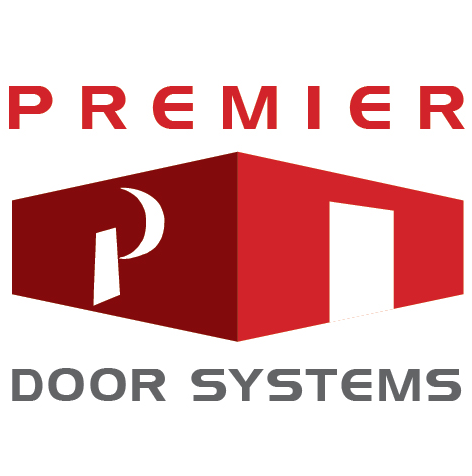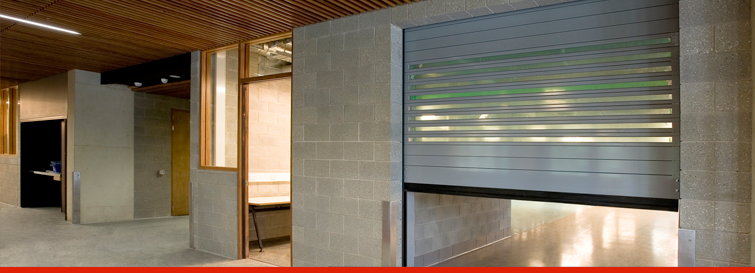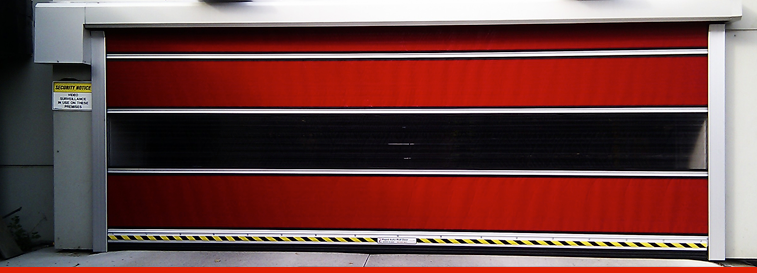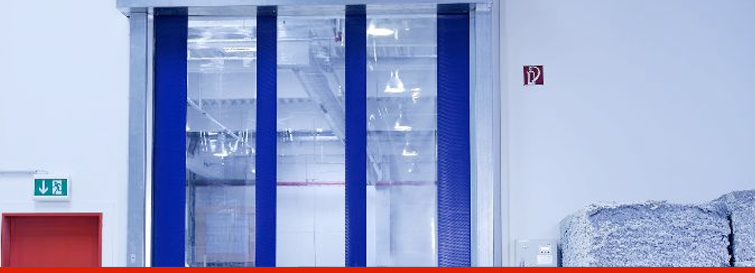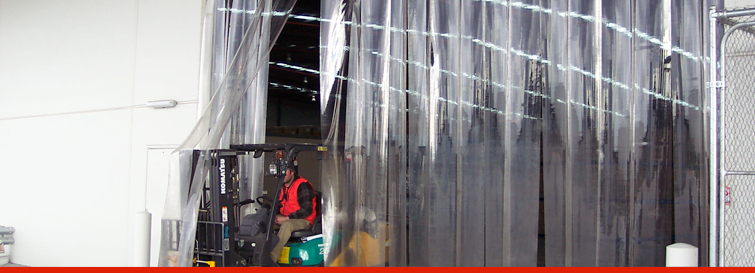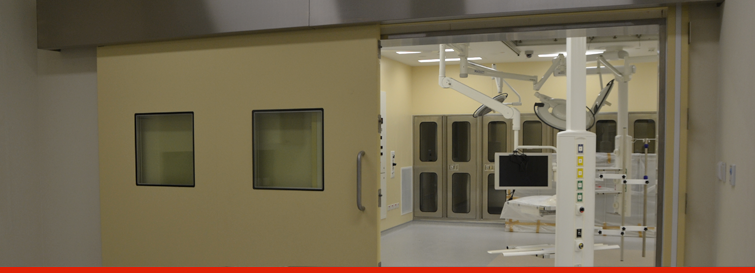Monday, July 6, 2015
Clearly defined zones of cleanliness must be designed and maintained to prevent product contamination.
When designing a facility for pharmaceutical manufacturing, a foremost consideration is preventing product contamination. International GMP standards talk about contamination in terms of contamination of the product itself and cross contamination between different products and batches. In production areas, especially where the product is exposed, the environment needs to be tightly controlled and clean. A significant aspect of this cleanliness is control of particulate by way of room air filtration. This technology is well known and codified in several widely used standards, primarily International Organization for Standardization (ISO) 14644-1 (1) and, for the manufacturing of sterile pharmaceuticals, Eudralex, Volume 4, Annex 1 (2). Other factors besides air classification impact the potential for product contamination and production area cleanliness, and these are embodied within the concept of clean zones, which is defined in general terms by the International Society for Pharmaceutical Engineering (3) and ISO (4). The following factors must be considered when establishing a strategy for levels of cleanliness in a facility.
Air classification standards. The most obvious concern when establishing zones of cleanliness is control of airborne particles. Within a space, particle sources that represent potential contamination include the process itself (materials and equipment), the people, the garments being worn, and the pace at which activities are undertaken. Particle control is obtained through filtration and air changes. Filtration (typically using high-efficiency particulate arrestance [HEPA] filters) ensures that clean air is entering the room. Besides providing the room with a constant supply of filtered air, the clean air can also be directed over specific operations within the space. Air changes eliminate particles by exhausting contaminated air and allowing clean, filtered air to fill in behind it.
Pressurization. Pressurization is a method of dealing with the transfer of contaminates to adjacent spaces. It can be understood as the direction that air flows between spaces. Positive room pressure ensures an outward flow of air away from and protecting a critical production area. Negative pressure provides airflow into production rooms. If the intent is containment, then negative pressure is preferred. Negative pressure is most often used when dust is present in the operation or in multi-product oral solid-dosage facilities where containment keeps product residue from leaving one area and contaminating adjacent areas. Positive pressure is typically used to protect product, such as in aseptic processing where it keeps foreign material away from the sensitive area. Sometimes, such as with vaccine production, positive pressure is necessary to protect the crucial production area while, relative to the larger environment outside of production, the area must simultaneously be negative. In this way, the crucial process is protected while containing the biologically active agents and thereby protecting the environment outside of production.
Gowning. Gowning has several functions. First and foremost, it is about protecting the product. The human body is continually generating particles through hair loss, shedding of dead skin, exhalant, and saliva. Of the potential sources of contamination in cleanrooms, people generate the most, and greater activity increases the release rate of these contaminates. Gowning (i.e., the covering of exposed hair, skin, and, in some cases, the nose and mouth) contains contaminates and protects the production area from the operators. When working in such areas, residue can collect on the exposed surfaces of the gowning materials. If personnel enter other areas, the residue can be transferred, thus causing cross contamination. Gowning procedures can keep these contaminates from passing between adjacent spaces by requiring disposal of used gowns and re-gowning before entering another production area.
Unidirectional flow. Closely related to gowning and the prevention of cross contamination of adjacent spaces is the application of unidirectional flow of people, material, equipment, and waste, which occurs when progress through a plant proceeds in a linear manner such that there are segregated entry and exit sequences through the critical production areas. Unidirectional flow ensures that these areas are entered only once before leaving. A simple illustration is found in personnel flow. The entry is highly controlled and occurs only through a locker room or gowning sequence. Once entering a crucial production area, personnel leave through a separate exit and de-gown. The gowning, which has been exposed to contaminates, is discarded, thus ensuring that surface residue cannot be transferred to other spaces. To enter another production area, the operator must re-gown appropriately for the next space. In a unidirectional flow facility, this linear movement is applied to the various categories of flow, including material, equipment, and waste.
Transition spaces. Transition spaces are closely related to and often confused with gowning rooms. While they are frequently the same space, their purposes are independent. Transition spaces are used to achieve proper pressurization and to maintain the integrity of zones of different classification. When these can also be used as gowning rooms, a high degree of efficiency is achieved. In a sequence with cascading pressure, passing through two interlocked doors of a transition space ensures that the production area maintains its overall pressurization. In addition, transition spaces can be positively pressured to create a pressure bubble or negatively pressured to create a pressure sink. Depending on the specific layout and needs of the facility, these are tools that can help protect the crucial production area ensuring appropriate containment.
Cleaning. To maintain the functionality of production spaces, routine cleaning is a crucial activity. The type of drug product, its exposure within the room, and the cleaning processes dictate the appropriate procedures. Cleaning activities can range from simple vacuuming and wipe down to robust hose-down and even fumigation. The agents used and the severity of the washing activity control the choices of room and equipment materials and finishes. To withstand these procedures, the interaction with the finish materials must be evaluated and appropriate selections made. Virtually all production spaces generate at least a few tools and equipment that require cleaning in dedicated washrooms. Where to locate these dirty processes in relation to crucial production and how to return the clean materials is a significant consideration in maintaining the cleanliness of a zone. Washrooms need to be integrated into the establishment of the cleanliness zones.
Quality risk management. The final consideration and perhaps the most important, because it informs all the others, is quality risk management. Evaluating the quality risks within each of the factors discussed facilitates informed and evidence-based decisions. The current standard recognized by FDA and globally is International Conference on Harmonization (ICH) Q9 Quality Risk Management. The methodology described in this standard makes possible the disciplined identification of actual areas of risk as opposed to assumed or perceived risks. It provides a high level of assurance that potential risks are dealt with effectively. While facilities were previously developed using a number of rules of thumb and commonly held beliefs, today there is a growing demand that this disciplined approach be used.
Conclusion
The prevention of product contamination is a primary concern in the design and operation of pharmaceutical manufacturing facilities. To support and protect the multiple stages of manufacturing, it is necessary to have clearly defined zones of cleanliness. Applying the factors discussed in this article can create hygiene zones that provide varying levels of product protection. The establishment of each zone needs to be appropriate for the processes, product exposure, and risk of contamination that are present. Central to instituting zones that meet these needs is the application of quality risk analysis. In today’s regulatory environment, rules of thumb are no longer adequate. By carefully evaluating the needs and risks inherent in the process being maintained, hygiene zones can be properly applied. The result is a greater assurance of product quality while simultaneously optimizing productivity and the cost of goods.
Originally published – pharmtech.com/
Jun 02, 2015
By Eric Bohn
Pharmaceutical Technology
Volume 39, Issue 6
References
- ISO, ISO 14644-1 Cleanrooms and associated controlled environments—Part 1: Classification of air cleanliness (Geneva, 1999). 2. EC, EudraLex Volume 4: Good manufacturing practice Guidelines, “Annex 1, Manufacture of Sterile Medicinal Products,” (Brussels, 2008). 3. ISPE, “Glossary of Pharmaceutical and Biotechnology Terminology,” www.ispe.org/glossary. 4. ISO, ISO 14644-6 Cleanrooms and associated controlled environments–Part 6: Terms and Definitions (Geneva, 2007).
About the Author Eric Bohn is partner at Jacobs Wyper Architects, 1232 Chancellor St., Philadelphia, PA 19107, tel: 215.985.0400, jacobswyper.com.
Article Details Pharmaceutical Technology Vol. 39, No. 6 Pages: 56-57 Citation: When referring to this article, please cite it as E. Bohn, “Designing Clean Zones,” Pharmaceutical Technology 39 (6) 2015
